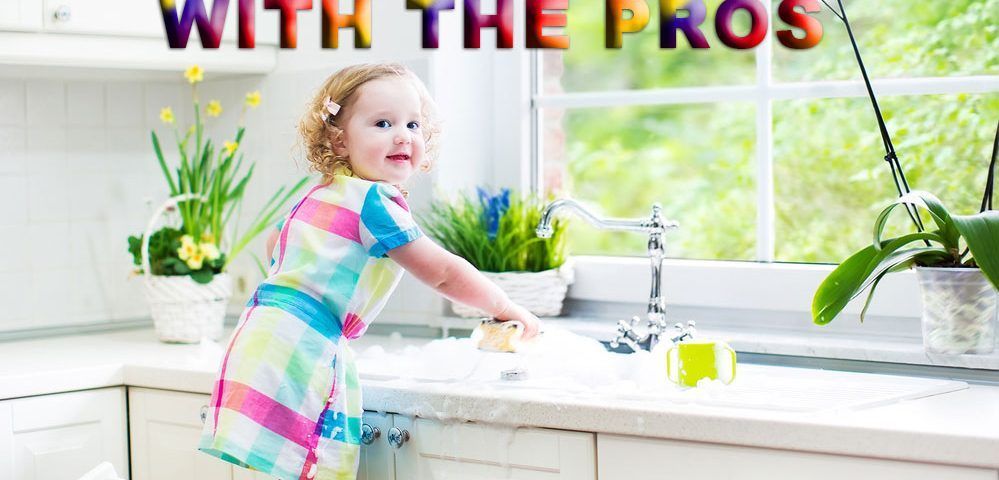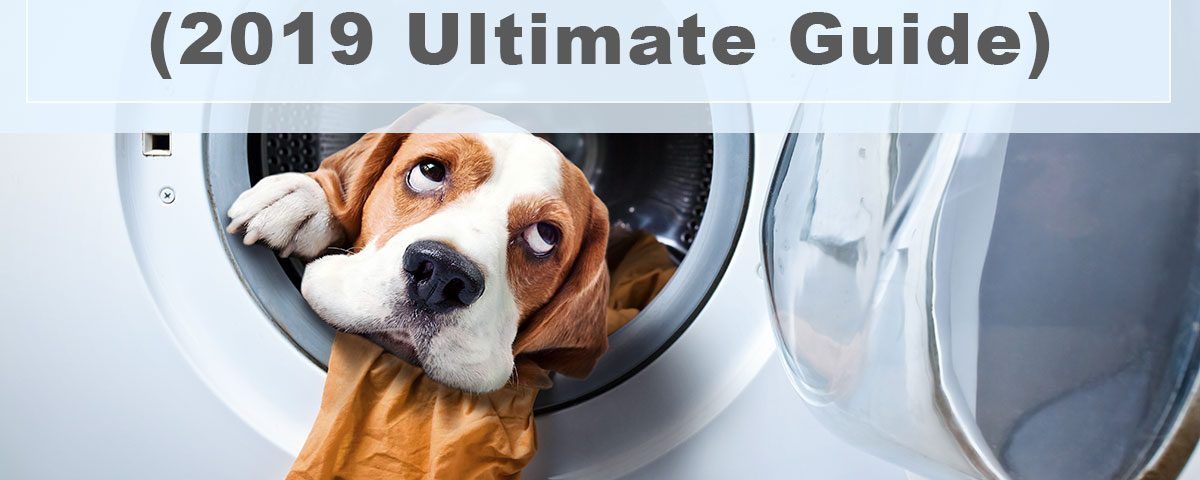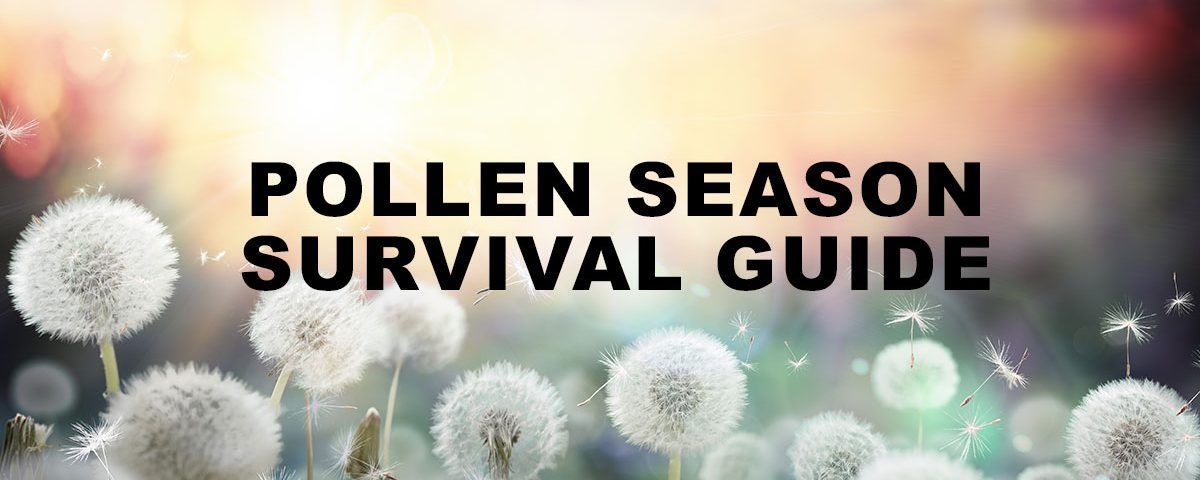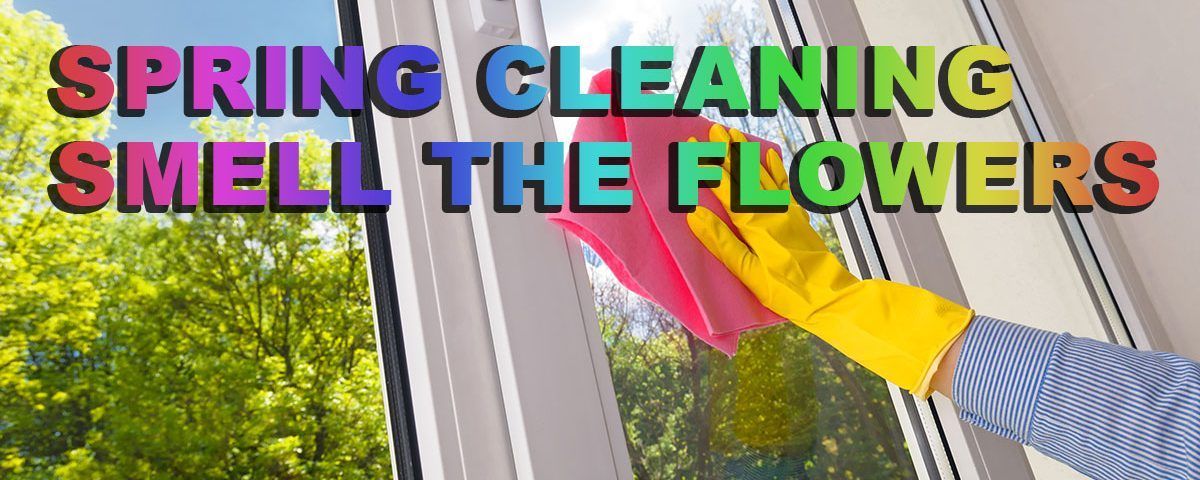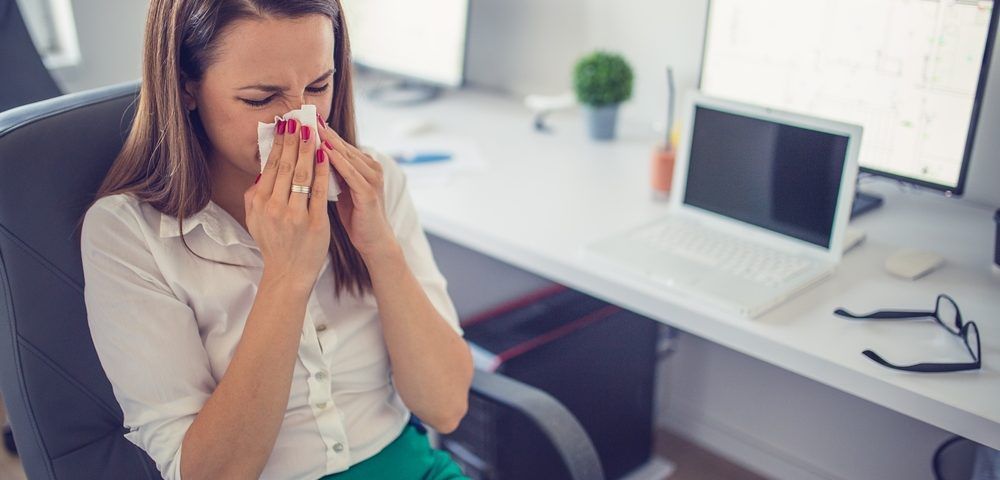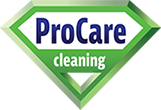
Give Us A Call!
How To Get Rid Of Mold In Your Home
Mold grows from spores; spores exist everywhere. While fungi have lead to some beneficial elements, most mold at home will lead to breathing issues and signal damage to the home itself.
Mold or Mildew?
Mildew is the most likely type of mold to show up in your home. It loves warm, moist surfaces like those found in bathrooms, fabrics and books stored in basements. “Young” mildew looks like gray or white powder that progresses to black or brown “dirt.” If you want to verify what you’re looking at, swab a section and dip it into some bleach. If there’s no change in coloration after a few minutes, you’ve just found dirt; if it lightens or dissolves, mildew is afoot. If you catch a whiff of something rank, you’ve probably got a strong saturation of mold somewhere nearby. Check your hamper, crawlspaces and even your carpets for mold.
To review, all mildew is mold; some mold is mildew. Unchecked mildew discolors the surfaces its rest upon before eventually transitioning into outright damage. While mildew sounds bad, there are worse molds that can mess up your home. If you notice black or green patches of fuzzy, slimy gunk or that your drywall, or its underlying wood, is structurally compromised, you’ve stumbled upon rotten materials that need to be removed with extreme haste. Once you get rid of the rot, don’t forget to do something about the mold that caused the problem!
So who do I call?
If you find the problem early, you can probably solve it yourself. Professionals should only be contacted if you have extensive or long-neglected molding; anything bigger than nine square feet. Some molds are extremely toxic and even lesser-strength molds are problems for anyone with the allergies or troubled breathing. Destroying massive mold colonies involves heavy-duty chemicals and knowing how to properly dispose the compromised materials. If you’re unsure about your situation, ask the local public health department, they might refer you to an expert.
Tools of the Trade
While you can use any of these items to deal with your mold issues. it is important that you avoiding rinsing immediately after killing the mold; leaving a bit behind helps prevent resurgence.
- Chlorine bleach. Whether you have sodium hypochlorite or just a regular jug of bleach, it kills all mold. Remember that bleach is extremely potent and should always be diluted with water (usually [1 bleach:16 water]). Remember to work with ventilation and to keep FAR AWAY from ammonia.
- Hydrogen peroxide (3% to 10% solutions). The only difference between this and bleach is that hydrogen peroxide takes longer than bleach but without the toxicity.
- White vinegar, distilled. Vinegar’s acidity means it can kill and dissolve mold. While its non-toxic, you may need to treat any lingering mold stain with elbow grease and a regular cleaner.
- Baking soda or Borax. Highly basic substances like these are also quite good at killing mold. They’re also cheap, non-toxic and work well with water.
How do I remove mold from…
- Fabric. While days of continual flooding are pretty much a death sentence for exposed fabric, its another matter if you can catch mildewed fabric early on. Start by hanging the items outside to knock off as much surface-level mold as you can and keep spores from recirculating into the home. If you can wash the fabric, use the hottest water advisable and add some disinfectant. If you still see stains, soak the fabric in diluted sodium percarbonate, commonly known as oxygen bleach , for at least eight hours. In cases where your fabrics can only be dry cleaned, you should still brush off the external mildew but have a professional thorough clean it.
- Leather. The moment you notice mold on leather is the moment it should be taken outside. Dip a cloth into some distilled white vinegar and rub the affected surfaces, then treat those areas with warm water mixed in with your best leather-friendly soap. After drying off the initial cleanser with a soft cloth, leave it to air-dry. Apply leather conditioner once the leather’s completely dry.
- Paper. While unchecked mold can destroy libraries, moldy paper can be treated. If you’re dealing with rare and valuable texts, seek out a professional curator. The first thing to do with moldy paper is to dry it out. Handling damp, moldy paper will just smear the mold around. You can dry the paper by either leaving it to air-dry in sunlight or sealed in an airtight container with each sheet surrounded with cornstarch or silica gel.With your book dry, head outdoors and use a cloth or soft paintbrush to wipe mold off each page. In the likely instance where multiple pages are affected, space wax paper between each page to prevent spreading the mold. Dampen, not saturate, a fresh, soft cloth with hydrogen peroxide and use it to wipe each page, then allow it it air-dry. Repeat this process for each page.
- Household appliances. This advice is relevant to things like washers, fridges and coffee-makers, anything that involves moisture, heat and food. Cleaning a washer is a simple matter of running a hot water cycle with chlorine bleach and no load once a month. Make sure to check every angle of front-loaders for mold development. When it comes to fridges or coffee-makers, just do a general cleaning with distilled white vinegar.
- Tile and Grout. The humidity and constant encounters with grime means bathroom surfaces are the perfect residence for mold. While there are plenty of commercial cleaners you could use, the list of solutions we’ve previously covered is cheaper and just as powerful. Just use some diluted bleach on the moldy spots and let it hang around for at least a quarter-hour before you start scrubbing the mold away. If you don’t see any mold, you won’t even need to rinse the area afterward.
- Carpeting, interior walls and furniture.
Fuzzy black mold is never a good sign and should be investigated for decay while wearing safety goggles and something to protect your breathing. All contaminated building materials should be placed within heavy-duty trash bags and properly disposed of. Much like with treating paper, repair work should not begin until the area is dry.When working with porous surfaces, add some detergent to your diluted bleach-this will help it stick around. You want a ratio of 1 part dish detergent, 10 parts bleach and 20 parts water. Apply the mixture with a mop or sponge while trying not to over-soak the surfaces; don’t rinse this mix away, let the area air-dry.
Moldy, musty carpet should be removed while wearing a respirator. Cut the mass into small, easily transportable sections and then mist over the materials and underfloor with water to stop any spores from moving about. Place the carpeting in plastic bags and then go over the formerly-carpeted area with a wet-vac before leaving it to air-dry several days. Do not replace the flooring before things have thoroughly dried out or you risk having to go through this whole mess again.
- Home exteriors. Again, diluted chlorine bleach is always an option. Note that it can harm plant life, so be sure to cover any such things with heavy plastic sheets. While there are multiple options for applying the bleach to the walls, its important you don eye and hand protection, as well as protective clothing and a respirator. Make sure to moisten the affected areas with regular water before applying diluted bleach, then allow the bleach to sit for several minutes. Repeat bleach treatments until the mold lightens in color, then move on to the next area; if stains linger, begin a cycle of scrubbing away and applying diluted bleach. Once you’re done, allow the area to fully air-dry. Make sure to hose off any exposed plants with regular water.
Mold is an unpleasant-looking health hazard that can grow out of hand if unchecked. Fortunately, a regular routine of checks, followed by early treatment, can make a world of difference in how it affects you. By following the tips and advice we’ve given you, you should have no problem with most mold problems you come across, no matter where they manage to grow.
The post How To Get Rid Of Mold In Your Home appeared first on ProCare Cleaning.
ProCare Cleaning Service. All Rights Reserved.

